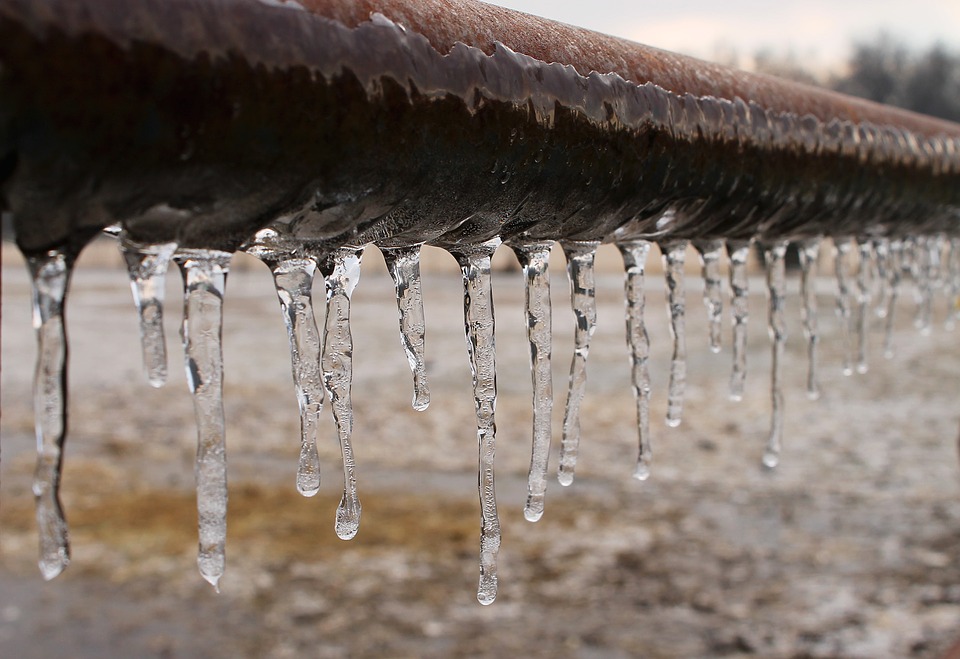The article down below about Prevent Frozen Pipes is definitely motivating. You should read it.

Cold weather can ruin your pipes, particularly by freezing pipes. Below's just how to prevent it from occurring and what to do if it does.
Introduction
As temperature levels drop, the risk of frozen pipes boosts, potentially bring about costly repairs and water damage. Recognizing just how to stop frozen pipelines is vital for house owners in cold climates.
Prevention Tips
Shielding vulnerable pipelines
Wrap pipelines in insulation sleeves or use warmth tape to secure them from freezing temperature levels. Focus on pipes in unheated or outside areas of the home.
Home heating techniques
Keep indoor areas adequately heated, particularly areas with pipes. Open cabinet doors to enable cozy air to flow around pipelines under sinks.
How to recognize frozen pipes
Look for reduced water circulation from faucets, unusual odors or noises from pipelines, and noticeable frost on revealed pipes.
Long-Term Solutions
Structural modifications
Take into consideration rerouting pipes away from outside wall surfaces or unheated areas. Add added insulation to attic rooms, cellars, and crawl spaces.
Upgrading insulation
Invest in top notch insulation for pipes, attics, and wall surfaces. Correct insulation assists maintain regular temperature levels and decreases the risk of frozen pipes.
Shielding Exterior Pipes
Garden hoses and exterior faucets
Disconnect and drain pipes garden pipes before winter. Mount frost-proof spigots or cover exterior faucets with shielded caps.
Comprehending Icy Pipes
What triggers pipelines to freeze?
Pipelines freeze when revealed to temperatures listed below 32 ° F (0 ° C) for extended periods. As water inside the pipes ices up, it increases, putting pressure on the pipe walls and potentially creating them to rupture.
Dangers and problems
Icy pipes can bring about water supply disruptions, building damage, and pricey repair work. Ruptured pipelines can flooding homes and create considerable architectural damage.
Indications of Frozen Pipes
Determining frozen pipelines early can avoid them from bursting.
What to Do If Your Pipes Freeze
Immediate activities to take
If you presume frozen pipes, maintain faucets open up to relieve pressure as the ice melts. Make use of a hairdryer or towels taken in warm water to thaw pipes gradually.
Verdict
Preventing icy pipes needs aggressive actions and fast responses. By understanding the reasons, indications, and safety nets, homeowners can safeguard their pipes throughout winter.
6 Proven Ways to Prevent Frozen Pipes and Protect Your Home
Disconnect and Drain Garden Hoses
Before winter arrives, start by disconnecting your garden hoses and draining any remaining water. Close the shut-off valves that supply outdoor hose bibs and leave the outdoor faucet open to allow any residual water to drain. For extra protection, consider using faucet covers throughout the colder months. It’s also important to drain water from any sprinkler supply lines following the manufacturer’s directions.
Insulate Exposed Pipes
Insulating your pipes is an effective way to prevent freezing. Pipe insulation is readily available at home improvement stores and is relatively inexpensive. Pay close attention to pipes in unheated areas such as the attic, basement, crawl spaces, or garage. Apply foam insulation generously to create a buffer against the cold. You can also wrap your pipes in heat tape or thermostat-controlled heat cables for added warmth.
Seal Air Leaks
Inspect your home for any cracks or openings that could let in cold air. Seal any holes around the piping in interior or exterior walls, as well as the sill plates where your home rests on its foundation. Additionally, make sure to keep your garage door closed unless you’re entering or exiting. Leaving it open creates a significant air leak that can lead to frozen pipes.
Allow Warm Air Circulation
During cold snaps, it’s essential to allow warm air to circulate evenly throughout your home. Leave interior doors ajar to promote better airflow. Open kitchen and bathroom cabinets to help distribute heat consistently around the rooms. If you have small children or pets, be sure to remove any household chemicals or potentially harmful cleaners from open cabinets for safety.
Let Faucets Drip
A small trickle of water can make a big difference in preventing ice formation inside your pipes. When temperatures drop significantly, start a drip of water from all faucets served by exposed pipes. This continuous flow helps prevent the water from freezing. Additionally, running a few faucets slightly can relieve pressure inside the pipes, reducing the chances of a rupture if the water inside does freeze.
https://choateshvac.com/6-proven-ways-to-prevent-frozen-pipes-and-protect-your-home/

Do you enjoy more info about Preventing and dealing with frozen pipes? Create a remark down the page. We would be happy to hear your thoughts about this article. We hope that you come back again soon. If you liked our post plz consider to pass it around. Thanks a lot for your time. Revisit us soon.
Click